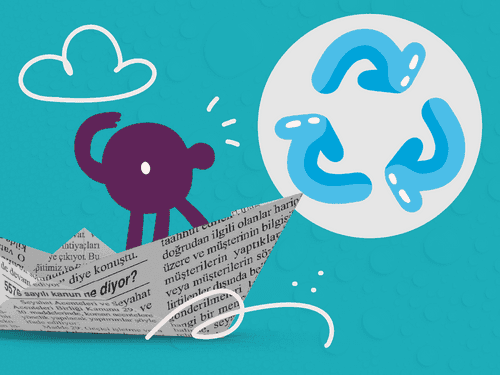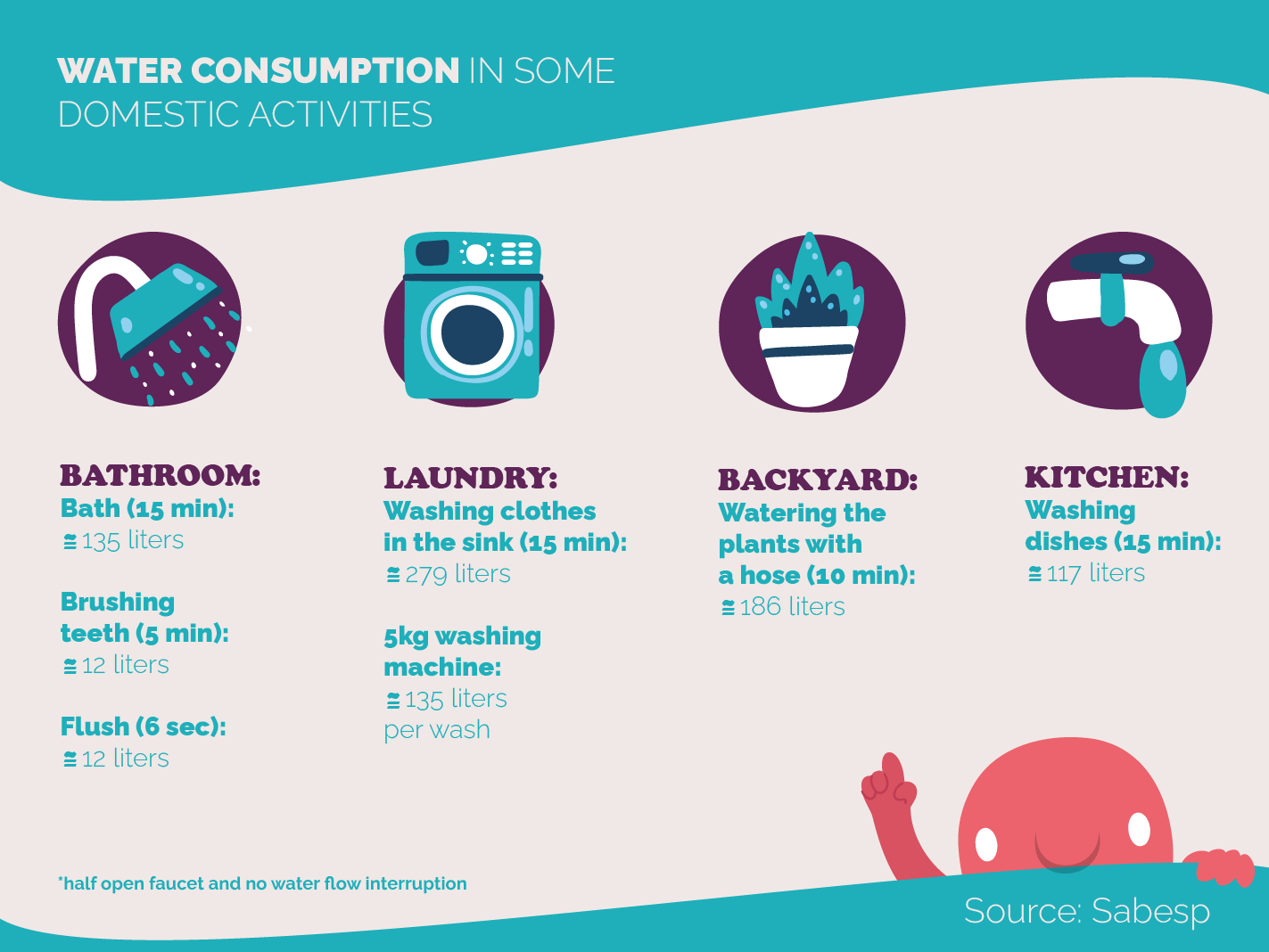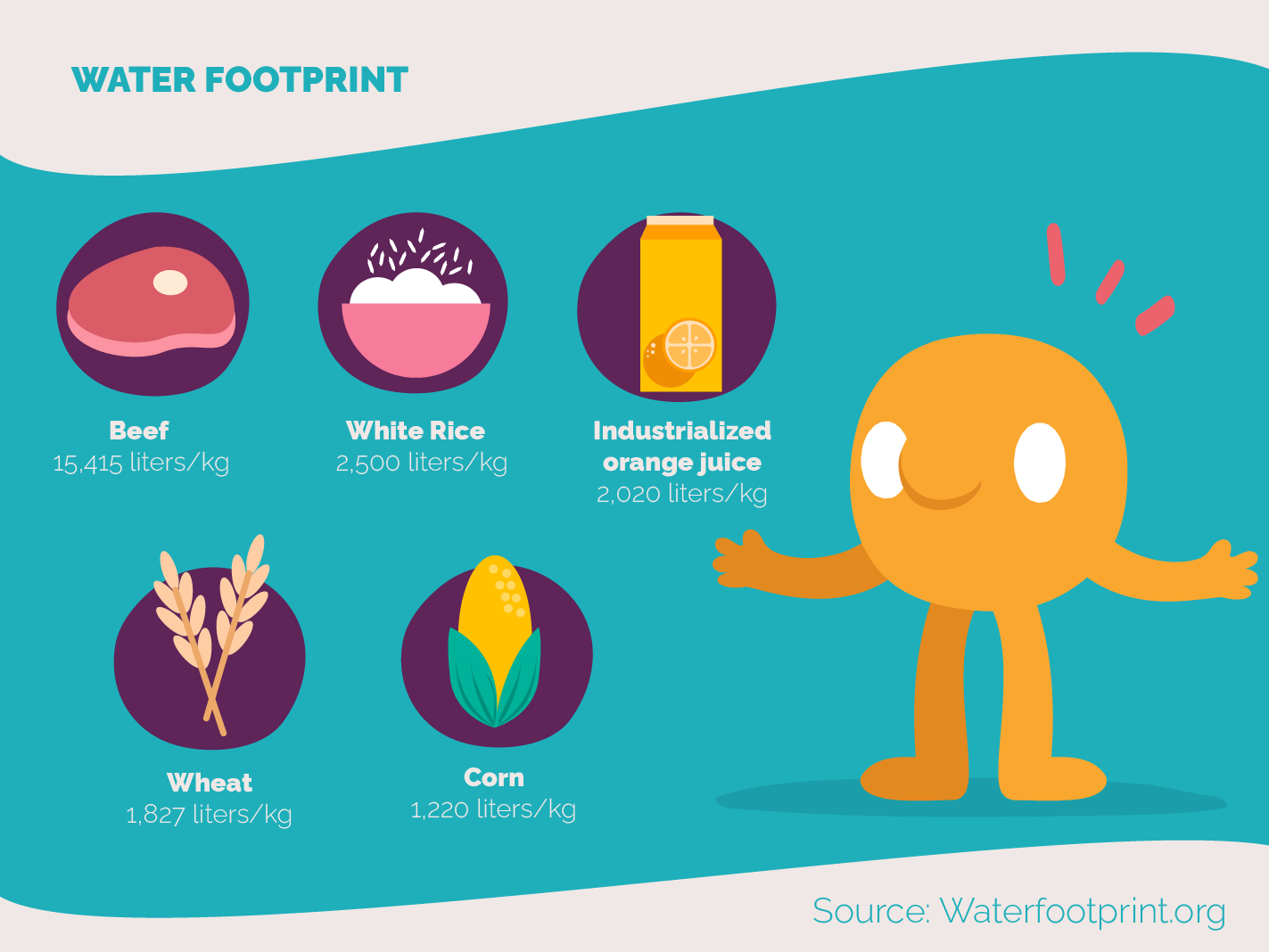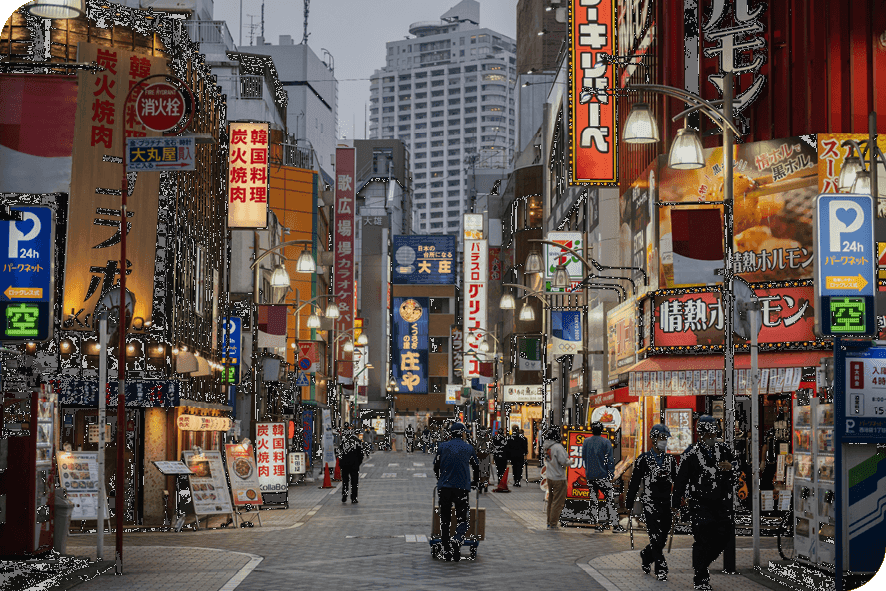
24/03/2023
9 tips for a more circular water consumption
March is the month of the World Water Day (UN) and Earth Hour (WWF), dates that year after year reignite the debate about the water crisis and the impact of climate change, respectively.
Each theme has its own specificities, but in the end, everything has to do with WATER.
Want a basic example of this? Climate change is altering the hydrological cycle in nature, reducing the availability of drinking water and causing impacts such as droughts and floods.
The theme of this year's World Water Day, celebrated on March 22, talks about rethinking the consumption of this liquid, which, of course, is very important since less than 1% of it is suitable for human use, obtaining electricity, and producing food.
**CIRCULAR WATER & SAVINGS**
Tips for saving in this article:
- In household use (Circulating water in the home)
- By saving energy (Water Energy)
- When buying food (Eating Water)
- Researching about companies (Prof. Edson Grandisoli)
But are we rethinking this consumption? Are we understanding that there is no point in turning off the tap and unplugging the TV if we waste a lot of food and, thus, all the water used for its production?
In this article we will bring you some tips to rethink consumption from the perspective of a circular economy, considering the water we see and the water deducted when we charge our cell phones or eat a salad.
Water: circulating at home

Your home has a water devourer called a "bathroom".
In a single trip when you flush, shower for 15 minutes, brush your teeth for 5 minutes, and wash your face for 1 minute, there goes about 162 liters of water down the drain! And this with the faucet barely or half open, did you know?
But there can also be a lot of waste in the rest of the house if we don't rethink our consumption to make our water use last longer!
(RE)USE THE PRECIOUS WATER FROM THE WASHING MACHINE
Have you ever had a guilty conscience when you waste liters of treated water for a single use, like flushing the toilet?
One solution to reduce this waste is to think about how much reuse of water we produce, like washing clothes, for example. Realize that:
The water expelled by the washing machine perfectly fulfills the flushing function and can still be used to wash terrace floors because it already contains soap, including.
When using the tank, the process is a little more laborious, but it also works. Just cover the drain during washing and reuse the accumulated water.
COUNT ON RAINWATER (IT'S FREE)
Whether in buckets, cisterns, or pipes connected to the gutters, reserving rainwater is a practice that can reinforce the economy of the resource at home.
It can do everything we talked about in the previous item, and, if treated with chlorine (with the assistance of a technician):
It can serve to water the garden (preferably with a watering can) and even wash hands.
If the person has a cistern and can acquire a pump, this water can be taken to a reservoir that feeds the taps.
Learn more on the São Paulo State Basic Sanitation Company (Sabesp) website, a partner of the Circular Movement.
Water energy
Understanding and visualizing the synergy between water and electricity is the basis for rethinking the consumption of both. If the consumption of one has an influence on the availability of the other, the economy follows the same logic! Example:
When, in Brazil, the federal government announces the "red flag" and the bill comes more expensive, it is because one or more thermoelectric plants - which also consume water - needed to be triggered to compensate for the decreased production capacity of hydroelectric plants (about 70% of the country's electric matrix).
And the collection, treatment, and distribution of water, in turn, need electricity to run the stations. Did you understand the connections? Now, on to the tips:
OPTIMIZE THE CONSUMPTION OF ELECTRICAL APPLIANCES
Conscious consumption of household appliances goes through two main actions:
Buy products with proven energy efficiency. They work normally requiring less energy and fewer resources. In Brazil, the consumer should look for Inmetro "Class A" products with the "Procel Seal".
Monitor the appliance's monthly consumption in kWh (kilowatt-hours). A simple calculation is enough to know how much an appliance consumes for a certain time and the impact on the electricity bill.
OPT FOR ELECTRONIC SHOWERS
When we want a shower that is not too hot, the minimum power position of the electric shower is the most appropriate.
But do you know when the water temperature in the water tank is high on sunny days - or the shower pressure is not so high - and the water ends up coming out much hotter than we want?
That's right, what many people do is open the faucet more. The result: more wasted water and wasted energy with the shower head running at an unnecessary power.
The electronic shower allows the gradual regulation of the temperature according to these situations. Nature (and your skin) thank you!
TAKE ADVANTAGE OF THE SUNLIGHT
In the morning, open the windows and make the most of the sunlight. This way you save on the use of light bulbs and energy, with a resource that nature offers for free.
Eating Water

Are you familiar with the term "virtual water"? It is the water used in the production chain of consumer goods, such as the electricity we just talked about, and also in food production.
In other words, this means that the food lost in the production chain and thrown away after lunch means the waste of all the water used in its production.
So what can we do?
SEEK FOOD CLOSER TO WHERE YOU LIVE
In addition to reducing food loss, consuming from producing centers near our neighborhood or city reduces the distance of transportation and, therefore, the burning of fossil fuels.
VALUE VEGETABLES MORE FOR NUTRITION THAN FOR AESTHETICS
It is serious! Fruit or vegetables that are not visually beautiful often have the same (or better) nutritional value than beautiful vegetables. Choosing for aesthetics leads to waste.
PUT SMALLER PORTIONS ON YOUR PLATE
Even if you are hungry, avoid a mountain of food on your plate. Better to put smaller portions and repeat if you are not satisfied than to throw away the rest of the meal, wasting food (and water).
Explore more tips in our infographic "Food in the Circular Era".
Extra tip: Charge the authorities and research the companies
In this year's edition, Water Day alludes to the fable of the hummingbird who puts out a forest fire, while the animals around discredit him. Of course it is important for everyone to do their part, but if the collective does not mobilize, even following the tips we have just suggested becomes somewhat ineffective.
"It's no use people doing things in an isolated way, if the state or the municipality doesn't have adequate sanitation measures, for example. It depends on the different governmental levels, on the different governmental actors to guarantee quality water and efficiencies in sewage and garbage collection”, argues our pedagogical coordinator, Prof. Dr. Edson Grandisoli.
Still on conscious consumption, Grandisoli also recommends that people, before making a purchase, seek information about companies' commitment to sustainable development and social justice.
"Check out the company's reputation. Look to see if they comply with labor and environmental laws. Value those that, besides profit, think about a greater collective good, he advises.
What is the circular economy?
The Circular Economy proposes a new look at our way of producing, consuming, and disposing, in order to optimize the planet's resources and generate less and less waste. In other words, an alternative model to the Linear Economy - to extract, produce, use and discard - which has proved to be increasingly unsustainable throughout history. In the Circular Economy, the goal is to keep materials in circulation longer by reusing them until nothing becomes waste! For this model to become a reality, we all have a role to play. It is a true collaborative circle, which feeds itself, and helps to regenerate the planet and our relations.
Learn about Circular Economy
If you are interested in learning more about this topic, visit Circular Academy , the first free Latin American course on circular economy aimed at general audiences. All of us, in partnership and collaboration, can make a difference in building a more circular planet

